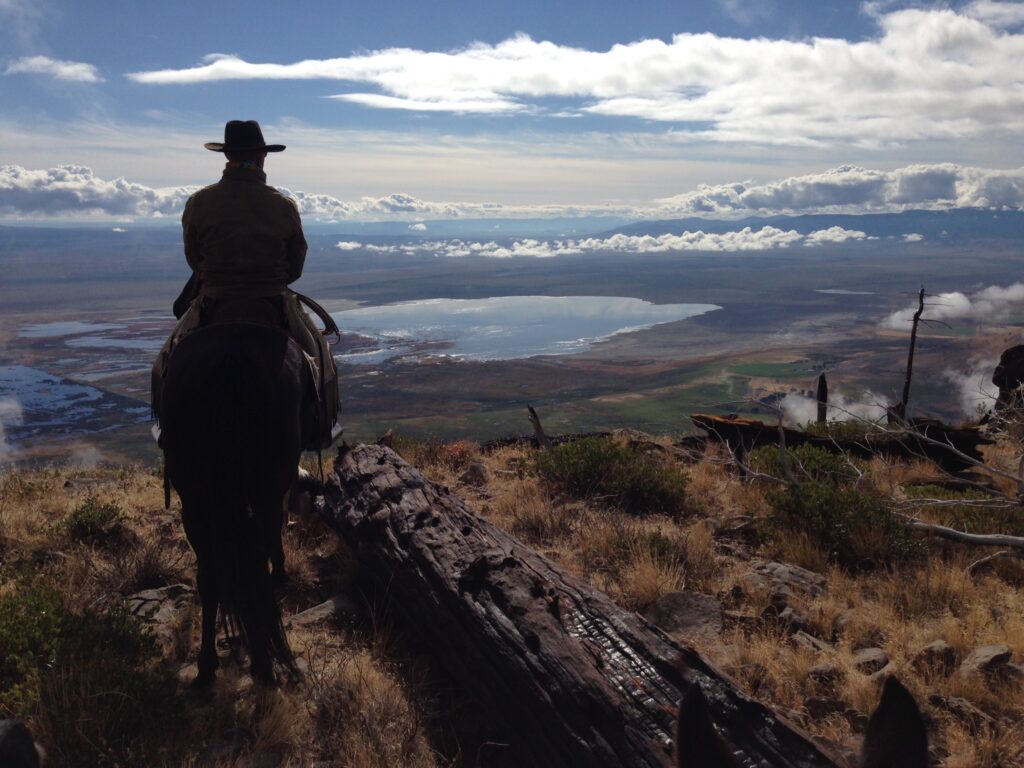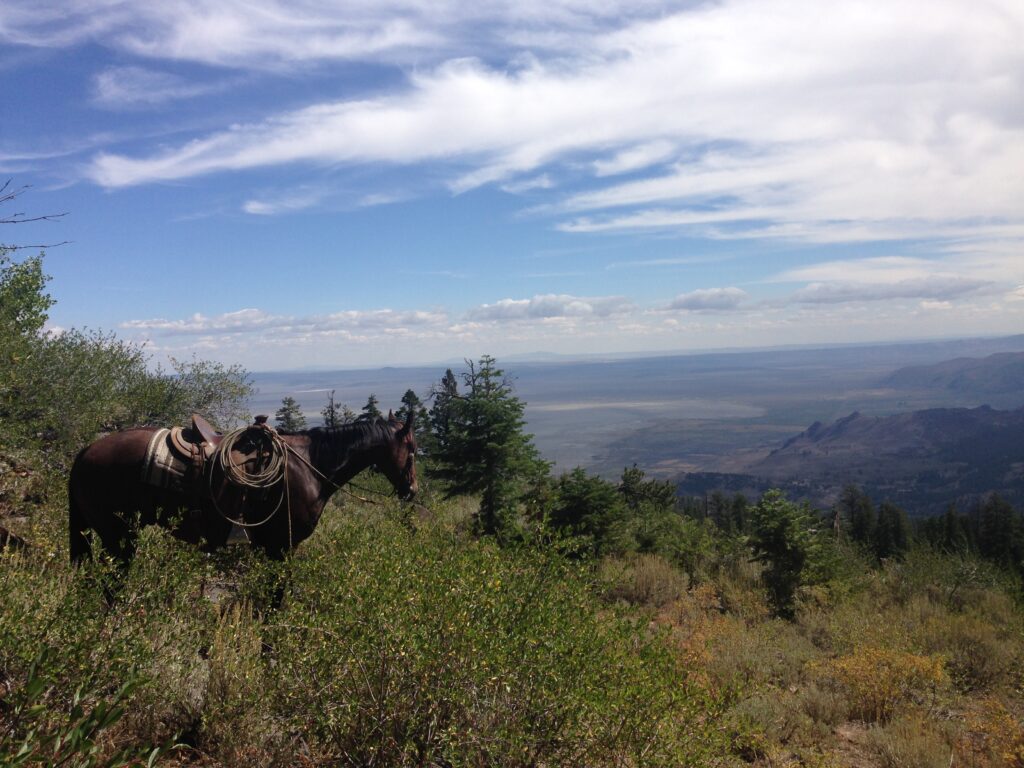By DelRae Ferguson
Effective grazing isn’t just gut instinct, it’s strategic, data-driven planning. A well-crafted grazing plan becomes a powerful framework, helping ranches boost productivity, sustainability, and adapt to changing seasons.
Thinking Beyond the Routine
Rather than merely letting cattle graze until the pasture is bare, a functional plan encourages ranchers to define clear goals on how to strategically manage their grazing through the year. Setting these objectives helps measure progress, anticipate challenges (such as drought, heavy rains, or market shifts), and make informed decisions using past and present data.
The Withers Ranch Case Study

Based in south-central Oregon, Withers Ranch (7,000 acres, 1,100-head operation) partnered with Country Natural Beef and joined the Grazewell program to implement regenerative practices on their ranch. The ranchers selected five representative pastures to monitor annually, applying targeted improvements, like aerating a heavy-soil irrigated meadow, to boost soil infiltration.
The Witherses noticed forage quality was high but quantity limited for first-calf pairs. Thanks to data-driven insight, they supplemented forage and saw improvements in conception rates and overall health. Colleen Withers reflected: “With just a little piece of data, we decided to do something different… there’s just really no excuse anymore to not be using data to make decisions.”
Steps to Crafting Your Own Plan
- Do your homework before you plan
Tap into local extension services, USDA or NRCS offices, and peers to gather critical baseline data- including soil types, forage species, rainfall, water access, fencing, labor capacity, and herd composition. Mapping pastures and estimating forage supply (e.x., 750 lbs per 1,000-lb animal unit per month) lays the foundation for accurate stocking calculations.
- Define clear, measurable goals
Whether your focus is increasing forage utilization, improving animal health, or enhancing ecosystem resilience, quantify where you are now and where you want to go. It’s essential for identifying the gap and tracking progress.
- Plan for variability
Imagine different scenarios, heat, drought, rain, or market swings, and build adjustable strategies. The Withers family, for instance, use 25-year moisture averages in their spreadsheet tool to fine-tune stocking rates based on real-time moisture trends.
Why Written Plans Are Rare- and Critical
Despite the clear benefits, only about 10 % of ranchers maintain written grazing plans—yet the examples show these are invaluable for both operational success and long-term resilience.
Ranch program manager DelRae Ferguson recently wrote an article for Progressive Cattle outlining a more detailed process for building effective grazing plans. Read it here:
https://www.agproud.com/articles/61702-build-a-functional-grazing-plan

